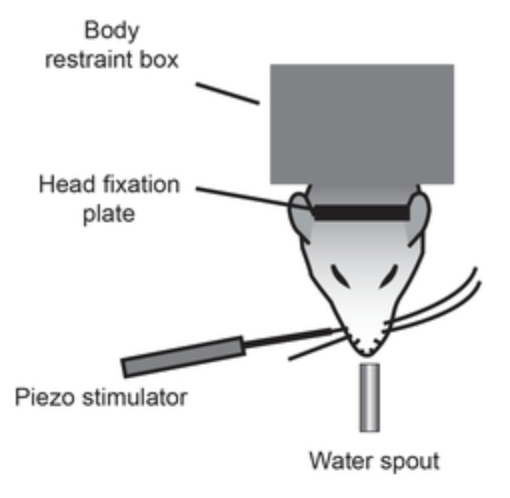Non-luminance mediated changes in pupil size (i.e. changes in pupil size not resulting from changes in ambient luminance) have been increasingly used to index arousal state in human behavior. This is mainly because pupillometry (i.e. measurement of pupil size) is an easy, non-invasive, and inexpensive (thanks to the advances of consumer electronics) procedure. However, the underlying neural mechanisms that allow non-luminance mediated changes in pupil size to be indicative of arousal state remain elusive. Using calcium imaging, genetic tools, and neural tracing, we are investigating the contribution of different neuromodulatory systems to arousal indexed by pupil size.

